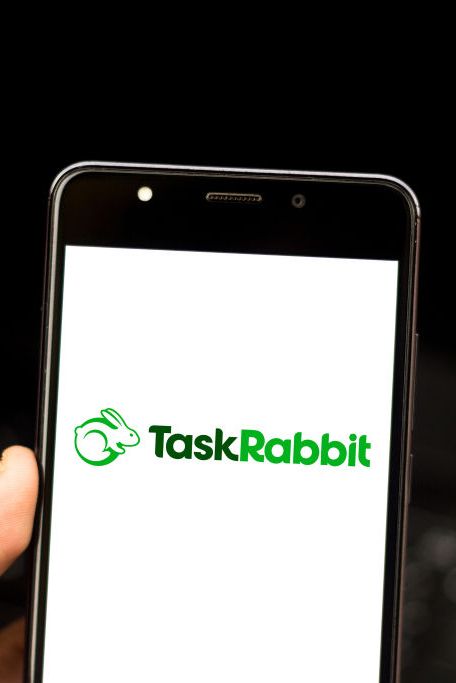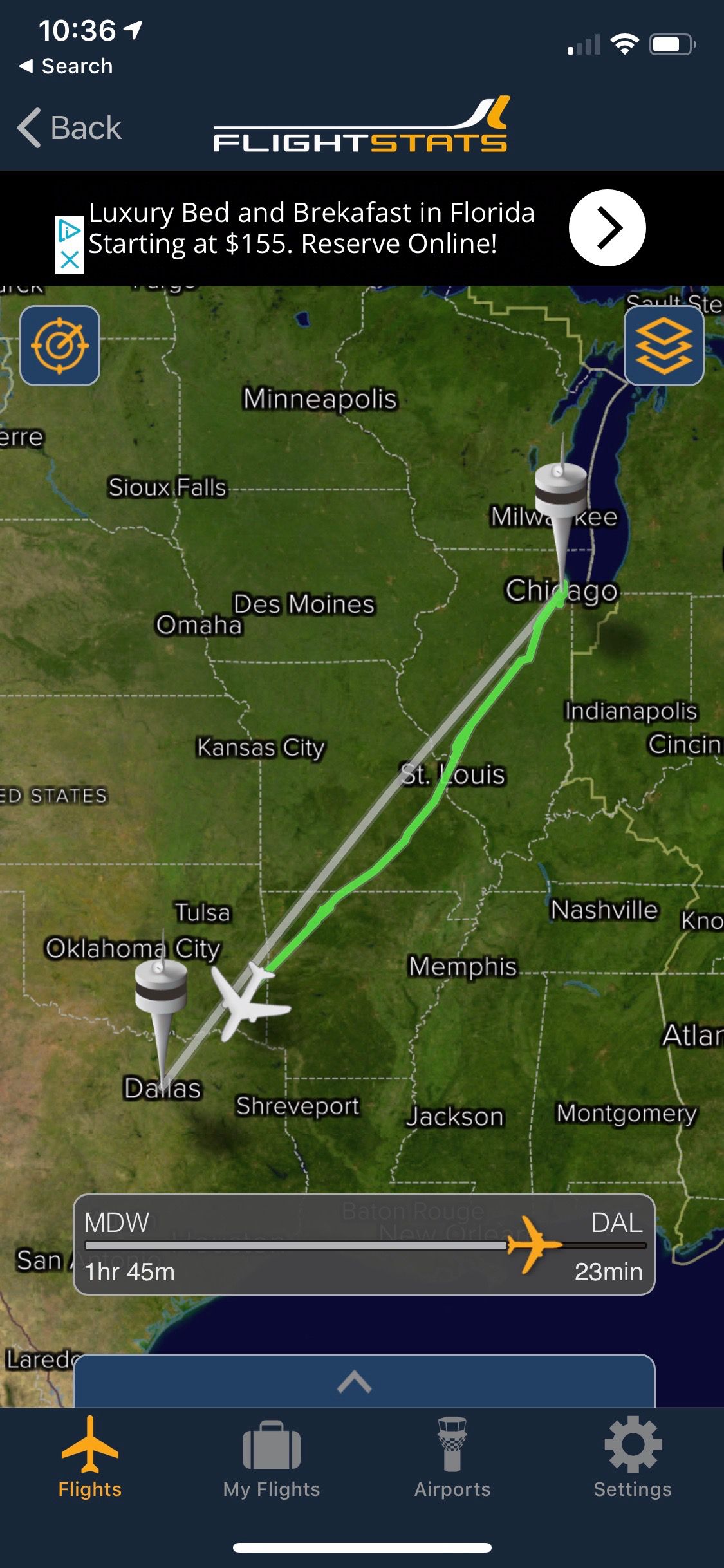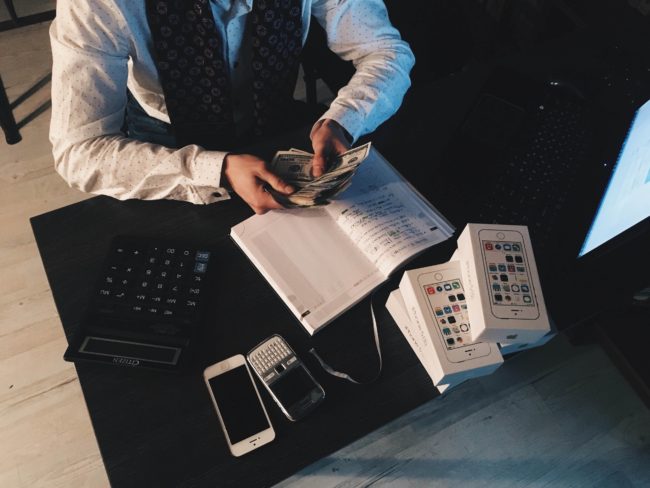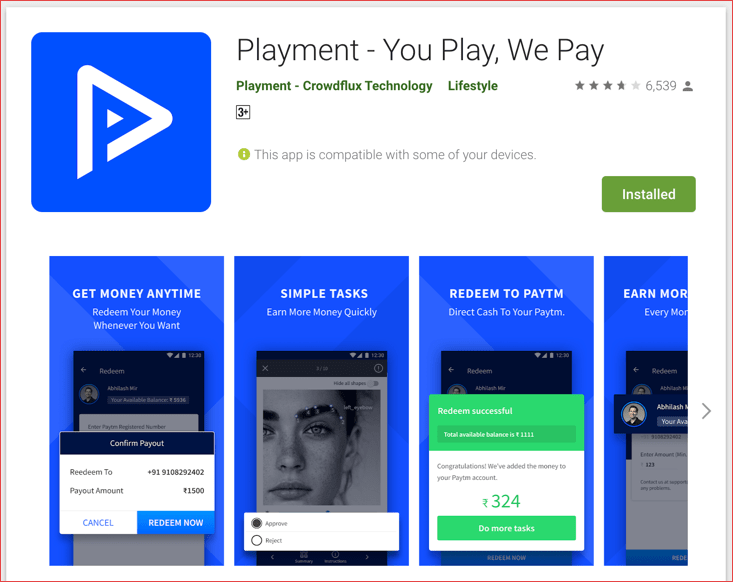Apps You Can Make Real Money Off Of
Posted By admin On 16/03/22Apps make a lot of money. Spending on Google Play and the App Store hit an incredible $39.7 billion during the first half of 2019 according to data from Sensor Tower. This was a 15.4 percent increase on the same period in the previous year.
For example, if you’re using Uber to make money, you’ll need to go through an approval process that can take 5-7 days. They’ll verify your license, car details, and run a background check. Other apps allow you to start making money within seconds of signing up without any lengthy process. Make sure you have an active PayPal account. Swagbucks will give you $5 just for signing up, and you can make money relatively fast by taking surveys with them. Most surveys pay between $0.25 and $0.50, but some can be worth several dollars. One of the best savings (and making money) apps is Capital One Shopping. It’s a shopping app that can help you make money in two ways: finding better deals and giving you rewards. Slide to make money! This app works by advertising on your phone’s screen. By downloading it, you allow this app to show different ads on your screen every time you open it for use. You can earn from $5 to $15 per month from Slidejoy and all you have to see are some ads.
One of the best money-making apps out there, Swagbucks offers a $10 bonus for new users. Swagbucks allows users to earn money by searching the web, watching videos, taking paid surveys, playing games, or shopping online.
Additionally, app use is growing. In its most recent “State of Mobile” report, AppAnnie found that between 2016 and 2018, time spent in-app grew by 50 percent, while downloads increased by 35 percent. This suggests there are plenty of opportunities for people looking to create an app and make money.
If you want to try to take a share of the mobile app market, you’re in the right place to learn how. In this article, we’ll first look at how to create an app, and then explore six of the most popular app monetization methods.
Here’s a look at what is in this article.
Table of Contents
- 1 How to Create an App
- 2 How to Create an App and Make Money
- 3 Six Ways to Monetize an App
How to Create an App
The first step towards making money from an app is to go ahead and build one. This means you’ll need a good idea that people will find useful and want to download. If you don’t have a specific idea for an app, you can always think about a problem you have and a way to solve it.
Alternatively, are there any popular apps that you like but think could be improved? If so, why don’t you release an app with the improvement?
The founders of Instagram released the app in part because they loved the filters of Instamatic but thought it would be better if it was easier to share photos. It’s now one of the most downloaded apps ever.
If you are planning to monetize your app, you should consider this at the start of the design process. For example, if you choose to monetize your app using ads, you’ll need to build in space to display banners while designing your app.
Likewise, if you want to run a subscription, you’ll need to consider the features that will be available to all users, as well as those will only be available to those who pay.
We have an in-depth article on how to build your own mobile app that you can read here. In the article, we broke the process down into several steps:
First, You Need to Plan Your App.
If you already have an idea, this could be the easiest part of the process. If not, the most difficult. You can check out these 12 ways to generate app ideas if you are struggling.
When planning your app, you’ll need to have an exact idea about what it will do and the problem it will solve. You should also think about the target audience and what will appeal to them. You can get good ideas about the type of app that is successful by looking at competitors or non-competing apps with the same target audience.
This is also a good way to choose a monetization strategy. If you notice most apps like the one you want to create are free, you will probably struggle to be successful if you want to charge for your app. On the other hand, this could suggest the kind of app you want to make can be monetized through adverts.
Next, Choose How You Will Build Your App.
Once you have planned your app, you need to start building it. You have two options here. The first is to go through the whole process of creating wireframes, graphical interfaces, and testing the front and back end processes yourself. Alternatively, you can use an app builder to take care of the process for you.
While the first option provides more customization, the second option is easier for those without experience in developing apps.
If You Choose to go it Alone, You’ll Need to Start by Wireframing.

If you choose the custom route, you’ll have to start by wireframing. This will help you create the structure of your app. There are plenty of tools that can help with wireframing, including Microsoft’s Visio and Axure. Be sure to test out these wireframes extensively.
Then Design the Visual Elements of Your App.
At this point, you can begin designing the visual elements of your app, including your logo, color scheme, and any graphics or animations you choose to use.
You’ll need to do this whether you choose to build it yourself or use a DIY app builder. If you don’t have the expertise required, you can always hire a professional to take care of the process for you. Sites like Upwork are great for this.
Sort Out Your App’s Back End and Front End
The next step is where things get complicated. First, you’ll need to build the back end of your app. Getting this right will ensure your app works as it should. If you have limited software development experience, this is where using an app builder can save you a lot of time and stress.
Following this, you can design the front end, which is the interface the user will see.
Finally, Put Your App Through Final Tests
While you need to test your app out as you are making it, the final step is to test the finished product.
You should test the app on numerous devices and give it to different people who fit your target audience. This will allow you to collect a variety of opinions about what works and what doesn’t.
If you notice there are any problems, be sure to fix them before releasing your app.
How to Create an App and Make Money
Now you know how to create an app, we will look at how to monetize it. In this article, we’ve split monetization methods into six categories. These are:
- Paid apps
- Subscription
- In-app purchases
- Advertising
- Affiliate marketing
- Mixed monetization methods
The best way to create an app and make money will depend on the type of app you create. Games often do well with in-app purchases. On the other hand, many software as a service apps earn a lot of money through subscription programs. It’s also possible to use adverts to monetize your app.
The good news is, there are plenty of examples of successful apps no matter what monetization method you choose.
Before We Start: What Cut Do App Markets Take?
When setting the price of your app, a major factor to consider is how much the app marketplace you choose to distribute your app on takes. Both Google Play and the App Store have a very similar pricing structure. Here is a look at them.
Google Play
- Google Play takes a 30 percent cut of the cost of all apps and in-app products.
- It takes 30 percent of all subscriptions for the first 12 months of a customer’s subscription. After this, it only takes 15 percent.
- Developers have to pay a one-off $25 fee to create a Google Play developer account.
Apple App Store
- Apple takes a 30 percent cut of all apps and in-app purchases.
- Like Google, this reduces to 15 percent after a customer has subscribed for 12 months.
- Developers have to pay a fee of $99 per year to release apps on the App Store.
Six Ways to Monetize an App
Here is a look at six methods you can use to monetize your app.
Sell Your App
Creating a paid app is perhaps the simplest way to make money from your app. All you have to is create an app and make money from people who download it. Both Google Play and the App Store make it easy for users to pay for apps, so you have a ready-made audience.
However, being successful can be difficult.
If you want to encourage people to download your paid app, you will have to offer a lot of value. It can help if you have an existing audience, you can market your app to or if you have a budget you can spend on promoting your app.
You’ll also have to put a lot of effort into your app market listing as you’ll need to give people a good idea about your product without them actually being able to experience your app.
When pricing your app, there are plenty of things you should consider.
Take a look at the average price of competitor apps to see how much you can charge. If you want to use advertising to encourage people to buy your app, you’ll have to consider how much it will cost you to get one person to download the app.
As you can see from this screenshot, most paid apps are cheap. On the current list of top paid apps in the U.K., must are under £5 with only two in the top 21 costing over £10. Those are Site Audit Pro and FL Studio Mobile.

Things to Consider
While paid apps can be a good way to earn money from your app, it can be limiting. First, there is no way for people to try out your service. This can act as a barrier that stops them from downloading your product. This is even more likely to be the case if your brand is unknown, and you may struggle to convince people to pay for your app.
A slight workaround could be to offer your app to download for free and then offer customers the option to pay a onetime fee to unlock the whole app. Although, on both Google Play and the App Store, this counts as an in-app purchase as the user isn’t paying to download the app.
Overall, you may find that other methods of monetization are more effective. According to AppAnnie, the highest-grossing paid app on July 3 in the U.S. was Minecraft. However, it was only the 29th highest-grossing app overall. The second highest-grossing paid app is Heads Up, which isn’t even in the top 50.
If you are looking for a way to maximize app revenue, using a subscription or in-app purchases could be a better option than charging users to download your app.

Use a Subscription to Get Repeat Payments
Subscription is when developers charge users a recurring fee to use the app. The fee is usually monthly, although developers can give users the option to pay for a longer-term—for example yearly or quarterly—upfront for a discount.
This is a type of monetization is common with software as a service apps or apps that provide access to media. Think about streaming apps such as Spotify or Netflix, or productivity apps like Microsoft Office or Dropbox.
Subscriptions are great for app developers as they can get a consistent recurring income from the people using their apps. It works for users, too, as the monthly fee is often modest.
Unlike paid apps, subscription apps are usually free to download. This can be a good way for developers to gain a base of users. Having a larger number of downloads will also look good on the App Store and Google Play.
To encourage people to use the service, it is common for developers to offer a free trial. This will allow them to get an idea of what the app is about and how it can benefit them. Alternatively, apps that use a subscription model can offer a basic tier that provides some functionality for free, and then a paid tier that provides the full-service.
A good example of an app that does that is Medium, which offers users a limited number of premium articles per month, as well as access to the site’s free articles. If users want full access to the service, they have to pay a fee of $5 per month or $50 per year.
This can be a good way to keep people interested who maybe don’t want to sign up for the subscription now, but perhaps could be persuaded to do so in the future.
Beyond this, it is even possible to offer multiple layers of pricing. For example, there could be a free layer, a low-cost layer with some added features, and a premium layer that contains everything.
Productivity app Airtable allows users to use the app for free. However, there is also a Plus version for $10 per month, a Pro version for $20 per month, and an enterprise version with custom pricing.
Another type of subscription you could consider is non-renewing subscriptions. These subscriptions provide access to content for a limited amount of time. For example, an app could provide access to seasonal content during a global event.
What to Consider When Monetizing Your App with Subscriptions
Subscriptions are a great way to earn consistent income from an app. However, your product has to offer enough value to make users willing to pay for it.
Unlike with advertising-based monetization methods, you won’t create an app and make money from people who use your service for free. Although, it is possible to display ads on the free version of your product and then take them away when the user signs up to a subscription.
In-app Purchases Can be Highly Lucrative
In-app purchases are one of the most effective ways to monetize an app. According to Apple, there are four types of in-purchase:
- Consumables are items such as in-game points or currencies that can be used within the app. These are common in games, and they can be used by players to buy new items or access new levels. As the name suggests, these items can only be used once.
A game that has been highly successful at using consumables is Pokemon Go. In the game, users buy Pokecoins, which can then be used to buy various in-game items. Reports from earlier this year suggest Niantic has earned a total of $2.3 billion from the game.
- Non-consumable items are those that do not expire once a consumer has bought them. Examples of this include extra options in a photo editing app. Once a user has bought these items, they can use them for as long as they own the app.
- The final two types of in-app purchase are auto-renewable and non-renewing subscriptions. As we covered subscriptions above, we won’t go into detail on these here.
The good thing about in-app purchases is there is essentially no limit to the amount people can spend. Paid apps which have a one-time fee, or even subscriptions with a recurring fee are highly limited in the total amount they can earn per user.
Games that use in-app purchases can be incredibly lucrative. In games, in-app purchases are often used to let users buy items to make their gaming experience better. This has led to free games like PUBG, Clash of Clans and Pokemon Go consistently being ranked among the highest-grossing apps.
However, it isn’t only games that can effectively use in-app purchases. Other types of apps that successfully offer in-app purchases include photo editor apps offering additional options or filters or messaging apps offering users the chance to buy emoticons or gifts.
For example, the messaging app Kakao Talk is one of the highest-grossing apps globally. While it is free to use, one of the ways it earns money is by selling emoticons that people can use within their chats.
What to Consider When Monetizing Your App with In-app Purchases
The most important thing to consider is whether or not your app can offer something enticing enough as an in-app purchase. If you can’t, it is unlikely that anyone will buy what you are offering. In general, games have a lot of success with in-app purchases
Another major consideration comes with the controversy around loot boxes. Look boxes are products users can buy that provide them with a random selection of in-game items. While these are an effective monetization tool, many countries are debating whether they are a form of gambling.
Because of this, loot boxes are heavily regulated and even illegal in some countries. You should be sure to check out the regulations of the country you plan to operate in if you want to offer this kind of item.
Use an advertising-based model
Mobile advertising is a huge business. The Interactive Advertising Bureau (IAB) recently said that in 2018, 65 percent of all digital advertising revenue came via mobile platforms. This includes browsers and text messages, as well as apps.
Advertising is commonly used by apps that offer content to users for free. For example, news apps or games. It can also be used by apps that also offer in-app purchases or paid versions as a way to monetize non-paying customers.
The best thing about advertising is that it’s a good way to earn money from your app without your customer having to spend any money.
The easiest way to get started is through a cost-per-click advertising platform. Some of these include Google’s AdMob or AOL’s SSP. Signing up to one of these will allow you to start placing ads into your app.

Most ads come in the form of banner ads, interstitial ads, or videos.
- Banner ads are interspersed around your content. They are fairly non-intrusive; this has the advantage of not interrupting the user experience, but they are easy to ignore.
In the screenshot below, you can see how podcast app BeyondPod uses a banner add within the user’s podcast feed. It is almost too unobtrusive, and it is easy to ignore.
On the other hand, YouTube shows much larger banner ads that fit in well with the content the user is already watching. If it wasn’t for the “Ad” marking in the bottom corner, it would be hard to work out if the recommendation was an advert or not.
- Interstitial ads take up the whole screen. They will usually be shown for a certain amount of time or until the user clicks to close the ad. These ads are effective as the user is guaranteed to see it.
The downside here is that they are very intrusive. Because of this, you should think carefully about when you place an interstitial ad. Good times could be when the user has finished editing a photo or when they are about to start a new level in a game.
An excellent example of this is the advert below from the video editing app PowerDirector. When the user clicks to leave the app, a pop-up appears showing an advert. The advert is almost impossible to ignore as the user has to perform another step to leave the app.
However, it isn’t too annoying because it only appears when the user is leaving the app, not mid-way through a project.
- Video ads are often either short ads or longer ads that the user can skip after a certain amount of time. Clicking on the add will take the user to the advertiser’s product. Video ads are useful for advertisers as they are a good way to get across the message of the product.
Video ads are often shown while another video is loading, or before a level in a game. Perhaps the app most well known for video adverts is YouTube, which shows an advert before many videos on the service.
Things to Consider When Monetizing Your App with Advertising
While it is easy to get started with mobile ads, there are some downsides. The most obvious one is that to make good revenues, you will need to have a lot of users.
According to Businessofapps.com, the average CPM (the amount an advertiser pays per one thousand people who see its advertisement) for banner ads is $1, interstitial ads is $3.5, and video ads is $3.
This means it is hard to create an app and make money unless your app has a lot of regular users.
Apps You Can Make Real Money Off Of Interest
Another thing to consider is that whenever a user clicks on an advert on your app, they will be taken away from your app. This will reduce the amount of time they spend on your app and could even introduce them to a direct competitor.
Earn Through Affiliate Marketing

Affiliate marketing is a common type of marketing on the web, although perhaps less commonly found in apps. With affiliate marketing, the app developer will advertise products on their app and then take a cut of the sale when a customer makes a purchase.
Booking or comparison apps are a common type of affiliate marketing. For example, Skyscanner makes it easy for people who want to buy a flight to check prices from a range of providers.
The company gets a percentage of the cost of the flight whenever a user books a journey after being redirected to the booking website through Skyscanner. You can see how it works in the screenshot below.
Another example of how this could work would be a fitness app directing users to the website of a nutrition shop or exercise equipment store and then taking a cut of any sales made. Or a financial planning app that suggests financial products to its users.
The good thing about monetizing apps in this way is the amount of data apps have about users. For example, in the above example of a financial planning app, the app developers can offer the exact type of product that the user will find useful based on the data they have about the user.
Things to Consider When Monetizing Your App with Affiliate Marketing
Affiliate marketing suffers from many of the same issues as advertisements – you’ll need a lot of users before you can make money.
Apps You Can Make Real Money Off Of Amazon
It can also help if the product you are affiliated with is an expensive one or one that offers a large cut of the total cost of the purchase. While receiving ten percent of a £1,000 flight will get you a nice payday, receiving 3 percent of a pair of £50 running shoes is less impressive.
Use a Mixed Strategy
Many of the most successful apps use a variety of monetization methods. This way, developers don’t have to rely on one strategy. Here are some examples of how mixed monetization strategies could work in practice.
Legit Apps You Can Make Money Off Of
- A common mixed monetization strategy is to ask users to pay to remove ads. This is good as an alternative to a paid app. It means app developers are still able to monetize free users, while also offering a more lucrative option to those who can pay. To make the paid option more appealing, you can even choose to add in some extras for those that pay. This could work for both one-off payments and subscriptions.
- Some paid apps, especially games, charge a fee for the app, and then offer in-app purchases on top of the price of the game. Minecraft, NBA 2K19, and the Moment Pro Camera are all apps that have successfully used this strategy.
- If you plan to rely on adverts as your monetization strategy, it could be a good idea to experiment with both affiliate marketing and regular adverts. If you do this, you can see which type of advertising is most lucrative and then focus on that.
Wrapping Up
What Apps Give You Real Money
This is the end of our guide on how to create an app and make money. Hopefully, you found it useful.
As you can see, there are plenty of methods you can use to monetize your app. In-app purchases and subscriptions can be incredibly lucrative due to the potential for recurring income. However, many apps can successfully use other monetization methods such as advertising or charging the user upfront.